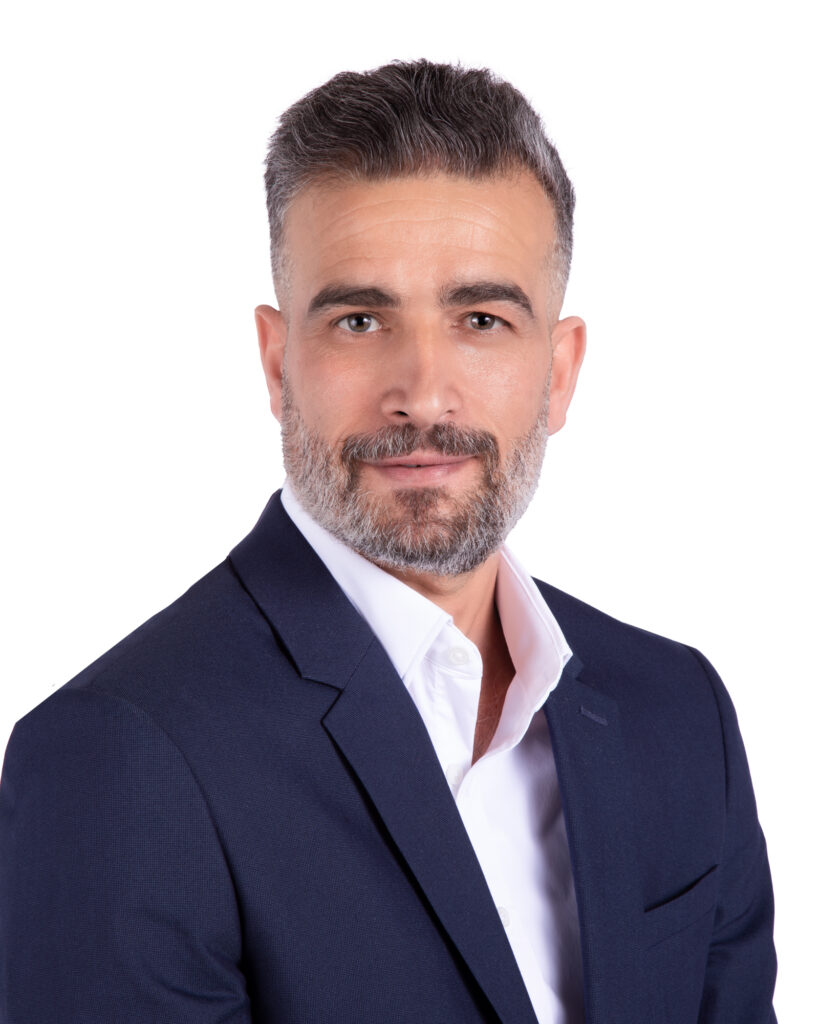How Corporate Portraits Impact Business Perception
Introduction
Welcome to our exploration of how corporate portraits impact business perception. In today’s visually driven market, corporate portraits have evolved from mere formalities to influential assets in shaping public and internal perceptions of a company. Typically, these portraits represent an individual or a team within a professional setting. However, their influence extends far beyond serving as an identifier. They communicate a company’s values, professionalism, and the nature of its culture. This article comprehensively discusses why corporate portraits hold significant importance and how they can transform viewers’ perceptions of a business.
The Importance of Professional Appearance in Business
In the business world, first impressions are often linked to visual cues. Professional corporate portraits present individuals and groups in ways that enhance credibility and establish authority. A well-crafted portrait can convey competence, confidence, and reliability—all qualities prized in the business community. This depiction helps in building trust with potential clients, investors, and partners who may never meet the photographed individuals in person but will form opinions based on their portraits.
- Projecting Reliability: High-quality portraits suggest meticulous attention to detail, thereby reflecting the company’s commitment to quality and reliability.
- Enhancing Professionalism: Uniformity in employees’ photos can subtly communicate organizational discipline and cohesion.
Corporate Portraits as Branding Tools
Corporate portraits are not just about the faces they depict but also about the story they tell. Through strategic styling, posing, and setting, these portraits can reflect the corporate brand’s essence. This alignment helps in reinforcing the brand identity and can make it more relatable and memorable to the target audience.
- Conveying Corporate Culture: Casual or formal settings in portraits can imply a company’s work culture whether it is innovative and creative or traditional and conservative.
- Marketing and Communication: Incorporating portraits in marketing materials makes communication more personal. This strategy can improve engagement rates, as customers often feel more connected to companies with a human face.
Influence on Internal Stakeholders
Corporate portraits also play a critical role internally. They are tools for fostering a sense of belonging and pride among employees. Portraits displayed within the organization can inspire employees and enhance their loyalty by making them feel integral to the company’s image and branding.
- Boosting Employee Morale: Featuring employees in corporate imagery can boost morale and encourage a positive work environment.
- Enhancing Connectivity: Portraits help in recognizing faces across a large organization, facilitating better interaction and connectivity among staff.
Technical Aspects of Corporate Portrait Photography
The impact of a corporate portrait is significantly influenced by its quality. Technical aspects such as lighting, background, composition, and post-processing play crucial roles. Professional photographers understand these nuances and can deliver images that not only look great but also adhere to the brand’s standards.
- Lighting: Proper lighting ensures that the subject is appropriately illuminated, highlighting their best features and conveying the intended mood.
- Background and Composition: These elements should complement the subject without distracting. They should enhance the person’s professional demeanor and be aligned with the company’s branding.
Choosing the Right Photographer
Selecting a photographer who can accurately translate a company’s ethos into a visual format is key. Experience in corporate photography, understanding of branding, and the ability to make subjects comfortable are essential traits to look for. An adept photographer not only captures good portraits but also ensures that they align with the company’s brand narrative.
- Experience: An experienced photographer will likely have a proven track record with a portfolio you can review.
- Understanding of Branding: The right photographer understands that these portraits are part of a broader marketing strategy and will work to ensure they fit seamlessly into this plan.
Conclusion
To conclude, corporate portraits are a fundamental aspect of how businesses are perceived. They are not merely photographs but are strategic business tools that communicate professionalism, brand values, and company culture. Professional corporate portraits enhance trust, encourage connectivity, and can significantly influence both external perceptions and internal dynamics. Hence, investing in high-quality corporate photography is investing in the business’s success and image, marking a pivotal step in the branding journey.
Choosing the Right Photographer: A Quick Guide
Selecting the right photographer is essential to ensure high-quality images that meet your expectations. Whether you need portraits, event coverage, or branding photography, here’s how to make the right choice.
1. Define Your Needs
- Start by identifying your requirements:
- What type of photography do you need? (e.g., portraits, events, headshots)
- Where will the photos be used? (e.g., website, social media)
- What’s your budget?
A clear vision of your goals will help you find photographers who specialize in the type of work you require.
2. Review Portfolios
A photographer’s portfolio showcases their style and expertise. Look for:
- Consistent quality across shoots.
- Strong use of lighting, composition, and editing.
- A style that matches your vision, whether it’s natural, studio, or candid.
3. Check Experience and Reviews
Experience matters, especially for specialized photography. Consider:
- How long they’ve been in the industry.
- Their expertise in your specific needs.
- Reviews or testimonials that highlight their professionalism and reliability.
Positive feedback about their communication and deliverables is a strong indicator of trustworthiness.
4. Assess Communication and Pricing
Good communication ensures a seamless process. Look for someone who:
- Listens to your needs and offers guidance.
- Explains pricing, packages, and deliverables clearly.
When comparing costs, consider the value provided—quality and professionalism should outweigh a cheaper price.
5. Meet or Consult Before Hiring
If possible, meet the photographer or arrange a call to discuss your project. This helps you gauge their personality, professionalism, and ability to meet your expectations.
Conclusion
Choosing the right photographer is about more than technical skill—it’s about finding someone who aligns with your vision and makes the process enjoyable. By reviewing portfolios, checking reviews, and assessing communication, you can confidently hire a photographer who delivers exceptional results.
About JWiLDER
Joe Jovanovich is a professional portrait photographer based in Chicagoland, specializing in creating impactful images for companies, executives, and professionals. Through his company, JWilder.net, Joe combines artistic vision with technical expertise to deliver portraits that elevate personal and corporate brands.
For companies, Joe provides professional headshots, executive portraits, and team photography that enhance marketing materials, build trust, and foster a polished brand image. His work helps businesses stand out on websites, LinkedIn, and promotional campaigns by capturing the authenticity and professionalism of their teams.
With over a decade of experience and a passion for storytelling, Joe ensures every session is seamless, tailored, and focused on helping clients present their best selves to the world.




